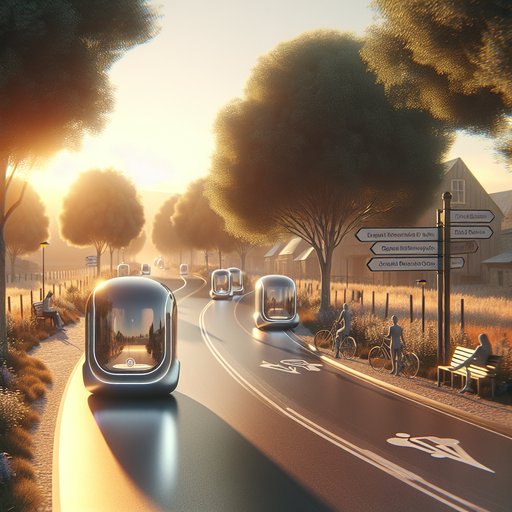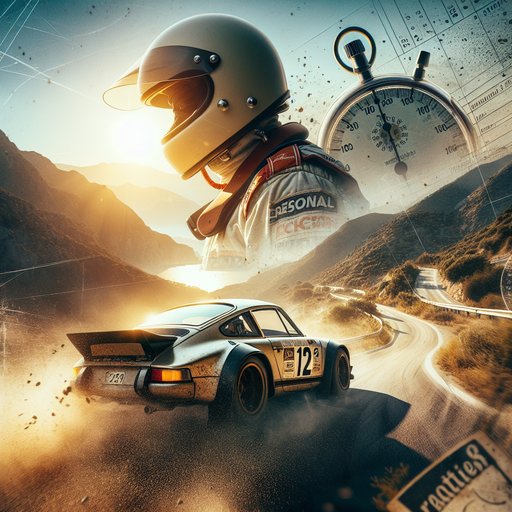
Stress is not just a feeling; it is a whole-body state that shapes how we think, sleep, move, and relate to others. When the stress response stays switched on, hormones like cortisol and adrenaline nudge blood pressure upward, disturb digestion, and intensify anxiety and low mood. The good news is that simple, well-studied practices can help downshift the nervous system and blunt the wear and tear known as allostatic load. Meditation, breathing exercises, and targeted lifestyle modifications are among the most researched tools, and they fit into ordinary days without expensive equipment. This article synthesizes what the evidence shows and how people can use these techniques to build resilience, while encouraging readers to consult healthcare professionals for guidance tailored to their health and circumstances.

It did not look like a symbol. The Trabant 601 was squat and square, its panels made of Duroplast and its little two-stroke buzzing above a steel backbone conceived in an economy of shortages. But on a cold evening in November 1989, when a border long thought immovable lifted, the car that had been a compromise became a banner. In a haze of oil-scented exhaust and jubilation, the Trabi carried its owners across a vanished line. The images lasted longer than the smoke. They turned a humble machine from Zwickau into a shorthand for freedom, rebellion, and a shared identity that survived the century’s most concrete divide.

When the steering wheel slips into museums and the curb becomes a stage, cities and countrysides relearn how to move. The transition to AI-guided pods is not a single invention but a choreography of infrastructure, policy, habit, and desire. It looks less like technology replacing a machine and more like society reordering its time.

Before wind tunnels carved perfection and data dashboards translated bravery into graphs, a young woman from the south of France traced her own line through the most dangerous years of rallying. Michele Mouton didn’t arrive as an exception so much as a proof: that commitment at the wheel made no distinction. Her story isn’t a legend embroidered into folklore; it’s a trail of exhaust, dust, and timesheets, marked by the shriek of turbochargers and the curt cadence of pace notes. Across Alpine passes, Mediterranean streets, and a Colorado mountain with no guardrails, she shifted the balance in a sport that had long convinced itself it was closed to her.























































